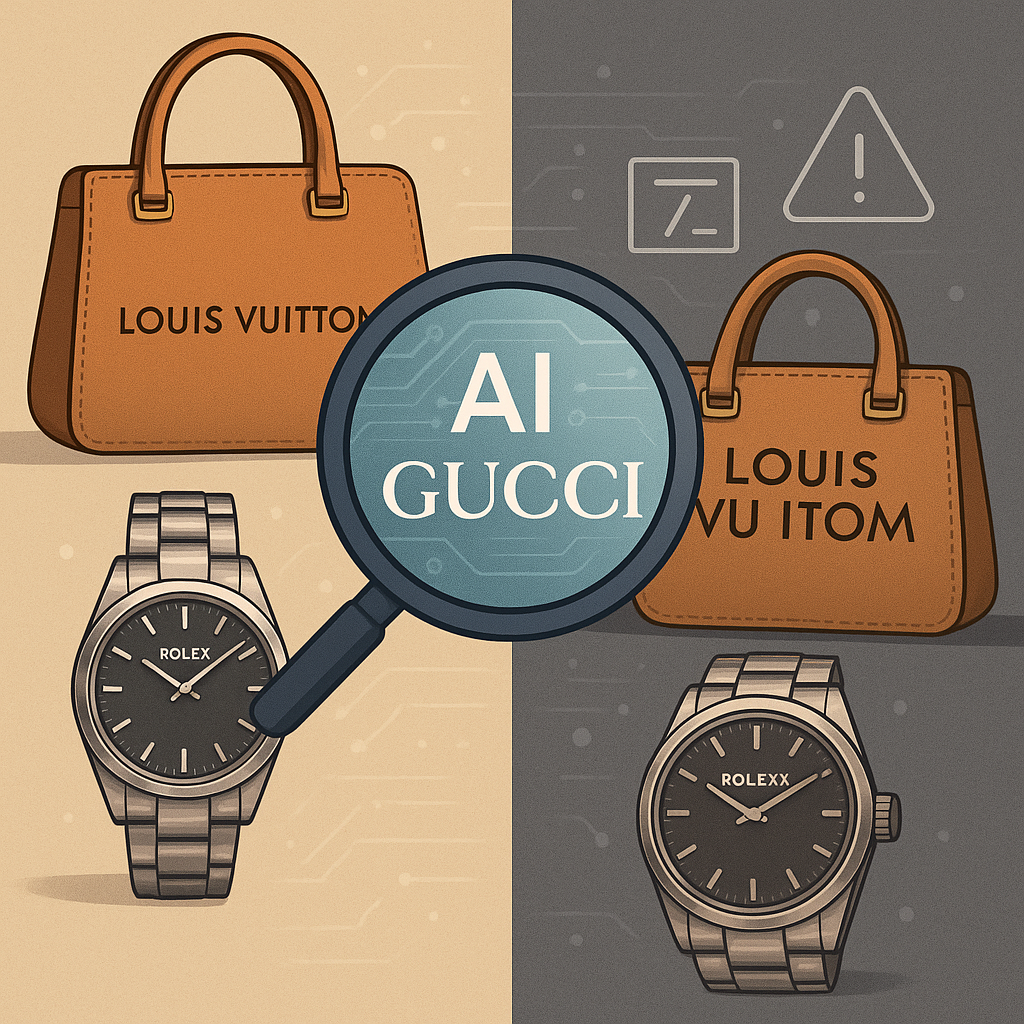
Counterfeit Watchdogs: Logo Forensics on Resale Sites
In the fast-growing world of luxury resale, every product photo is a new battleground for trust. As peer-to-peer marketplaces surge, counterfeiters are matching pace — deploying ever-more sophisticated fakes that slip past human moderation and threaten brand equity at scale. For C-level leaders, this is no longer just a compliance challenge but a strategic imperative. Today, automated logo forensics powered by AI is emerging as the frontline defense, delivering sub-second authenticity checks that outpace fraudsters, protect revenue, and fortify consumer confidence. This post explores how advanced image recognition—integrated seamlessly into listing workflows — can transform counterfeit risk from a persistent liability into a source of competitive advantage for brands and platforms alike.

Brand Dilution Alert: Spotting Outdated Logos in the Wild
Outdated logos are more than a design oversight — they are a hidden liability that erodes brand equity and weakens pricing power. In today’s fragmented marketplace, legacy marks can appear anywhere from remote kiosks to viral social media posts, multiplying unnoticed and undermining hard-won consumer trust. Modern C-level leaders are embracing continuous, AI-powered logo monitoring to transform brand governance from a periodic check into a strategic safeguard, protecting millions in enterprise value and ensuring every customer touchpoint reflects a unified, modern identity.

Fans as Sensors: Crowdsourced Logo Audits at Mega-Events
At today’s mega-events, every fan with a smartphone becomes a roaming camera, capturing the true story of brand visibility from thousands of unique angles. Instead of relying solely on official broadcast feeds, forward-thinking organizations are now leveraging crowdsourced selfies and social media posts to power near-real-time sponsor exposure analytics. With advanced image recognition APIs, these organic fan photos are instantly transformed into actionable dashboards, giving rights-holders and sponsors unprecedented insights, complete venue coverage, and new tools for ROI-driven decision making — no extra infrastructure required. Discover how turning crowd pixels into KPIs is reshaping sponsorship strategy and unlocking the next wave of value from live event audiences.
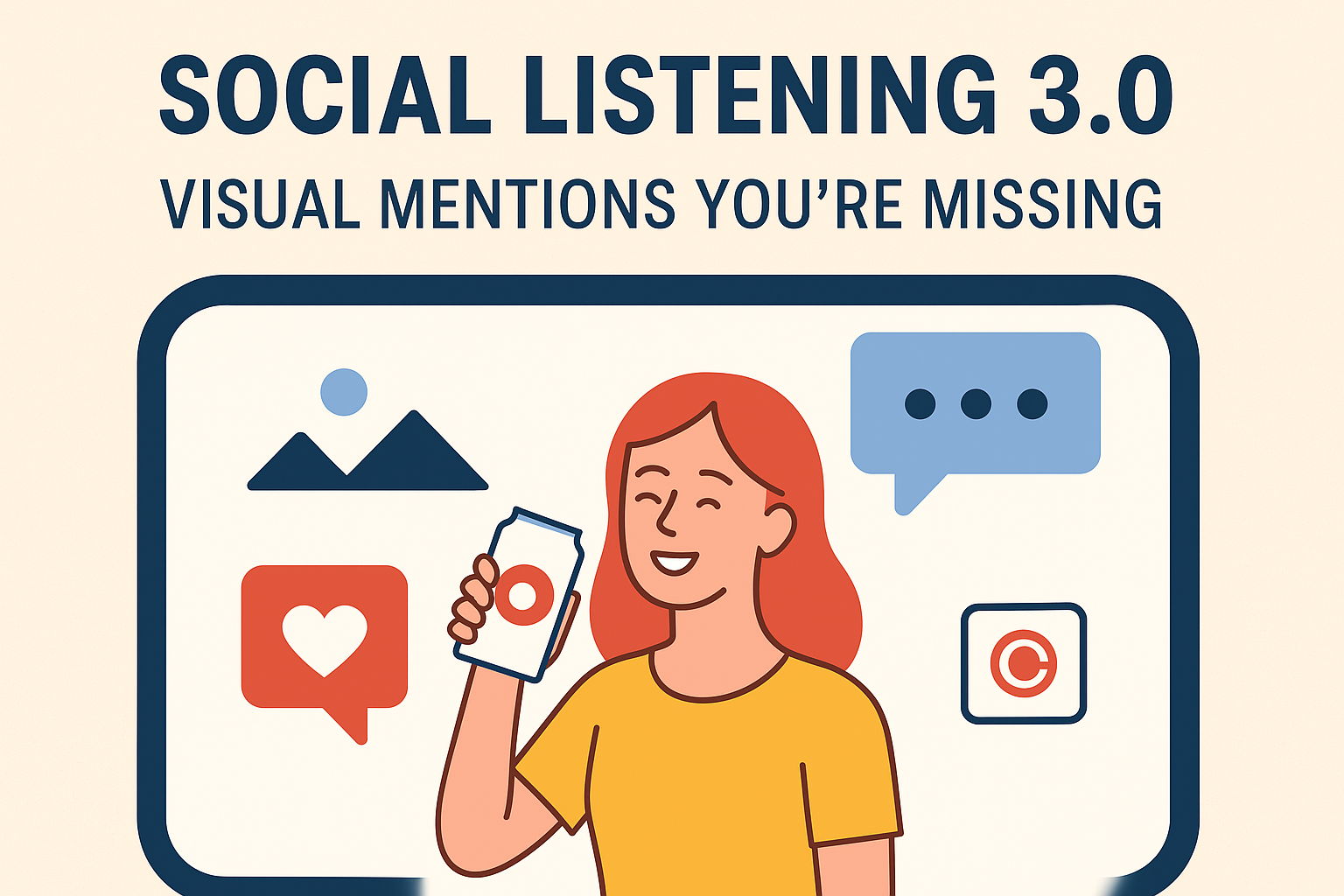
Social Listening 3.0: Visual Mentions You’re Missing
Text-based social listening tools miss up to 70% of brand mentions that appear only in user-generated images—unlabeled, untagged, and unseen. In this post, we explore how visual social listening is closing that gap using AI-powered logo and product recognition, enabling executives to surface hidden customer sentiment, detect risks earlier, and unlock a new layer of competitive intelligence from the content users don’t talk about — but show.
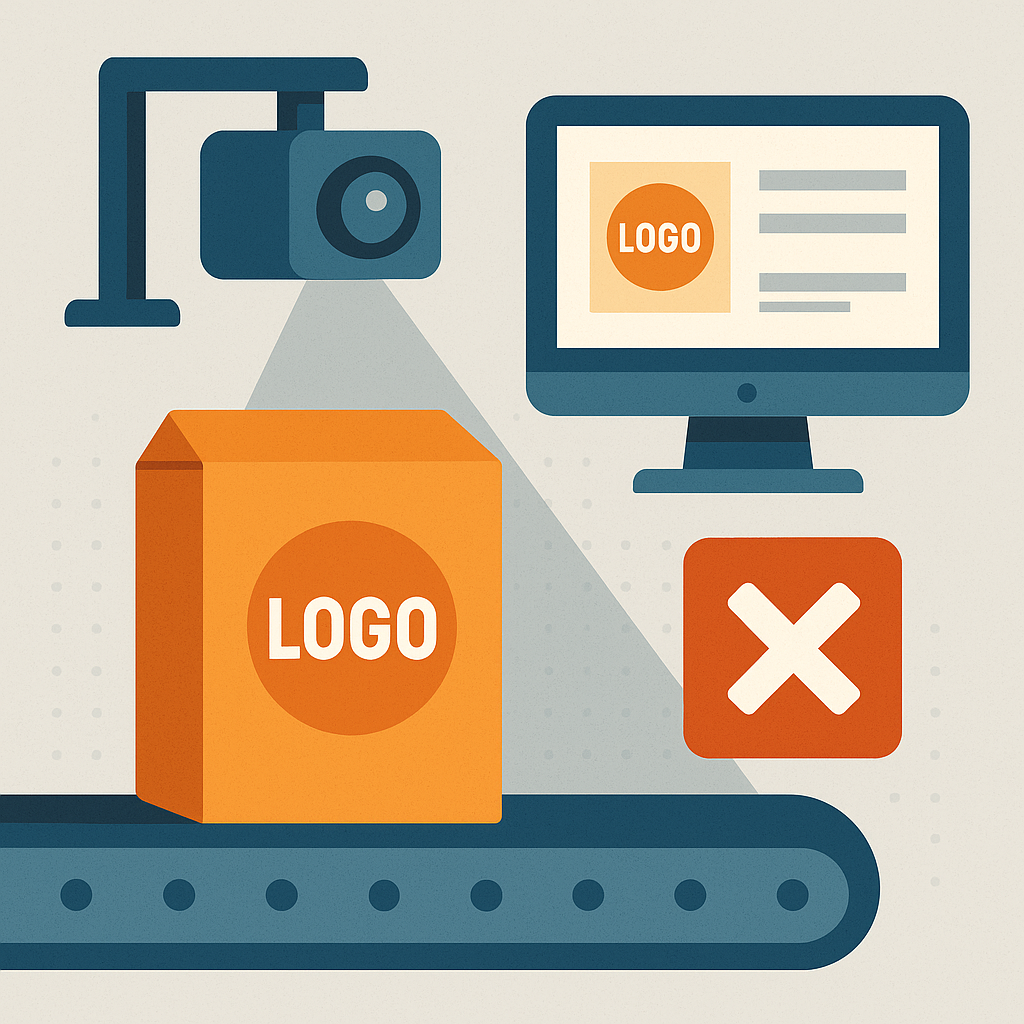
Packaging QA: Verifying Logo Color & Placement Inline
Misprinted logos aren’t just cosmetic flaws — they’re silent liabilities. In today’s high-speed packaging environments, leading manufacturers are using AI-powered computer vision to inspect every carton in real time, ensuring logo color, placement, and quality match brand standards perfectly. This blog post explores how inline inspection systems prevent costly recalls, protect brand equity, and turn packaging QA into a board-level asset — all while scaling efficiently through cloud APIs and custom vision models.

Vision Transformers 2026: State of the Art & Business Impact
Vision Transformers are redefining what’s possible in computer vision — and in 2026, they’ve moved from cutting-edge research into the heart of business operations. From automating defect detection in manufacturing to powering intelligent document processing in fintech, ViTs now deliver enterprise-grade accuracy, scalability, and adaptability. This article explores the state of the art, the architectural breakthroughs behind ViTs' rise, and how forward-thinking companies are deploying them through cloud APIs and custom solutions to gain measurable performance and strategic advantage.
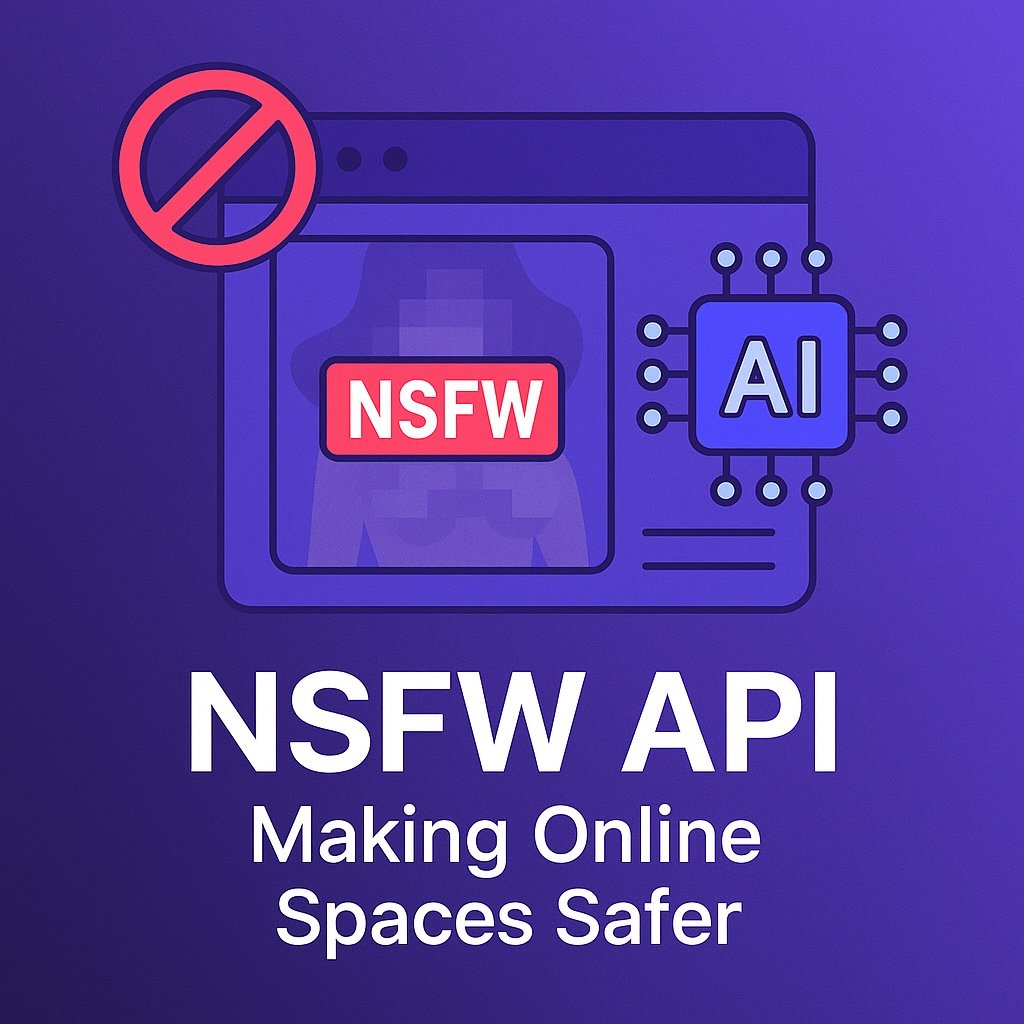
NSFW API: Making Online Spaces Safer
In an era of explosive user-generated content and tightening global regulations, ensuring online safety is no longer optional — it’s a strategic imperative. This blog post explores how AI-powered NSFW detection is transforming content moderation across industries, from live streaming and e-commerce to cloud storage and AdTech. Discover how leading platforms are leveraging deep learning to automate explicit content filtering, reduce operational costs, and build user trust — fast. Whether you’re scaling a startup or protecting a global brand, the path to safer digital spaces starts here.
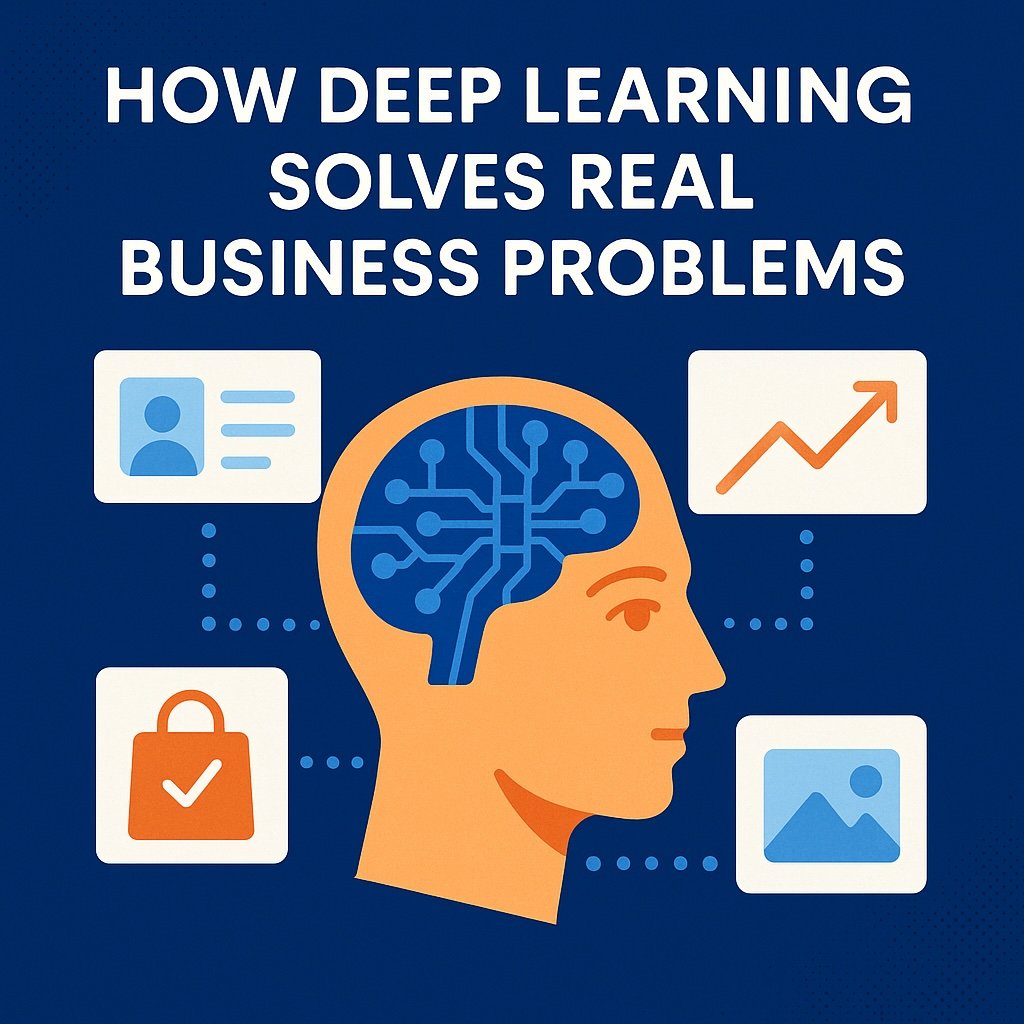
How Deep Learning Solves Real Business Problems
Deep learning is transforming the way businesses solve complex problems — from automating image analysis to extracting insights from unstructured visual data. In this post, we explore how companies across industries are using deep learning to boost efficiency, reduce costs, and unlock new value. Whether you're processing thousands of product photos, verifying documents, or detecting defects on a production line, discover how ready-to-use vision APIs and custom AI solutions can help turn your data into results.

Automated Brand Policing Across Social Media Photos
In an era where billions of images are shared daily on platforms like Instagram and TikTok, protecting your brand from counterfeit logos and ad-hijacking has become a serious challenge. Manual monitoring simply can’t keep up. This blog post explores how AI-powered vision APIs are transforming brand protection by automatically detecting logo misuse, spotting fakes in real time, and helping legal teams act faster. Learn how automated pipelines, smart detection models, and scalable cloud tools are reshaping the future of brand safety — saving time, reducing losses, and guarding your brand at machine speed.

Compliance Automation: Vision Alerts to SIEM
Real-time vision alerts are changing the way security and compliance teams respond to threats. Instead of relying only on system logs, organizations are now using computer vision to detect brand misuse, safety violations and restricted items on camera feeds — and sending those alerts directly into SIEM platforms like Splunk or Elastic. This blog post explores how vision-to-SIEM pipelines work, which detection playbooks offer the biggest value and how enriched alerts with thumbnails and context help teams act faster and smarter.

Help Desk with OCR: Ticket Triage on Day-One
Support tickets today often come with screenshots or scanned documents—but most help desks still treat these as passive attachments. By using OCR (Optical Character Recognition) at the moment a ticket is created, support teams can extract serial numbers, error codes, and device details automatically. This blog post explores how “day-one” OCR triage speeds up ticket handling, improves routing accuracy, and reduces agent workload, with practical integration examples for Zendesk and ServiceNow.

Low-Code Portals: Vision APIs on Power Apps
Low-code platforms like Power Apps are redefining how businesses build applications — and with the integration of vision APIs, even citizen developers can now add powerful object detection, OCR and image analysis features in hours. This post explores how to connect external computer vision services, create dynamic visual workflows and implement enterprise-grade guardrails for security and cost control. Discover how to turn everyday photos into real-time insights without writing traditional code.

RPA Bots with Eyes: Vision APIs in UiPath
RPA is no longer blind. With the rise of Vision APIs, UiPath bots can now read invoices, recognize faces and extract insights from screens once off-limits to automation. This post explores how image recognition — via OCR, object detection and visual classification — turns standard workflows into perceptive, adaptable systems. From plug-and-play integrations to high-impact use cases, discover how to give your bots the power of sight and unlock a new era of intelligent automation.

CRM + Camera: Auto-Enrich Leads with Image Data
Sales reps already take photos in the field — but what if those images could instantly enrich CRM records with brand names, SKUs and on-site context? By combining mobile photography with AI-powered image recognition, businesses can automate lead enrichment, improve scoring accuracy and speed up follow-ups. This blog post explores how visual data pipelines transform photos into sales intelligence, with real-world use cases, integration blueprints and strategic insights into off-the-shelf vs custom vision models.

SAP Meets Vision: Plug-In Recognition Workflows
Modern SAP systems handle data brilliantly — but they can't interpret images on their own. That’s changing fast. By linking SAP IDocs and CPI with cloud-based vision APIs, enterprises can automate everything from quality checks to proof-of-delivery using AI-powered image recognition. This post explores how to seamlessly plug detection workflows into SAP ECC or S/4HANA — turning raw images into structured insights ready for MM, QM and SD modules. Whether you’re labeling goods, verifying faces or flagging defects, vision-enabled SAP is already here.

Livestock Monitoring: Real-Time Herd Counting
Counting cattle no longer requires hours on horseback. With drones and AI-powered image analysis, ranchers now get real-time herd data — from headcounts to lameness alerts — delivered straight to their devices. This post explores how modern livestock operations use aerial imagery, object detection models and microservice-based APIs to reduce labor, optimize grazing and improve animal welfare. Welcome to the future of ranching — autonomous, scalable and insight-driven.

Timeline to MVP: 30-Day Sprint with Vision Microservices
Yes, you can ship a working computer vision MVP in 30 days — without hiring a team of PhDs or building AI from scratch. This week-by-week guide breaks down exactly how to do it using vision microservices like OCR, background removal, object detection and more. Learn how modern dev teams scope tightly, integrate smartly and launch confidently using modular APIs that deliver real image intelligence out of the box. Whether you're validating an idea or racing to demo day, this sprint plan shows you how to move fast and build smart.

When Off-The-Shelf Fails: Signs You Need Custom Models
Off-the-shelf vision APIs are great — until they aren't. When accuracy plateaus, domain drift creeps in, or edge cases pile up, even the best plug-and-play model can become a bottleneck. In this post, we unpack the red flags that signal it's time to go custom and share a phased roadmap to help you transition smoothly — without blowing deadlines or budgets. Whether you're struggling with OCR misreads, misclassified logos, or brittle workarounds, learn how bespoke models can future-proof your computer vision stack.

Pay-as-You-Go Vision: Slashing Prototype Timelines With SaaS APIs
Why spend months building a custom AI model when you can test your idea in days? This blog post explores how plug-and-play vision APIs — like OCR, background removal and image labeling — help teams ship working prototypes in a single sprint. Learn how to slash development timelines, gather real user feedback fast and decide when it’s time to scale up to a custom solution. Ship now, optimize later.
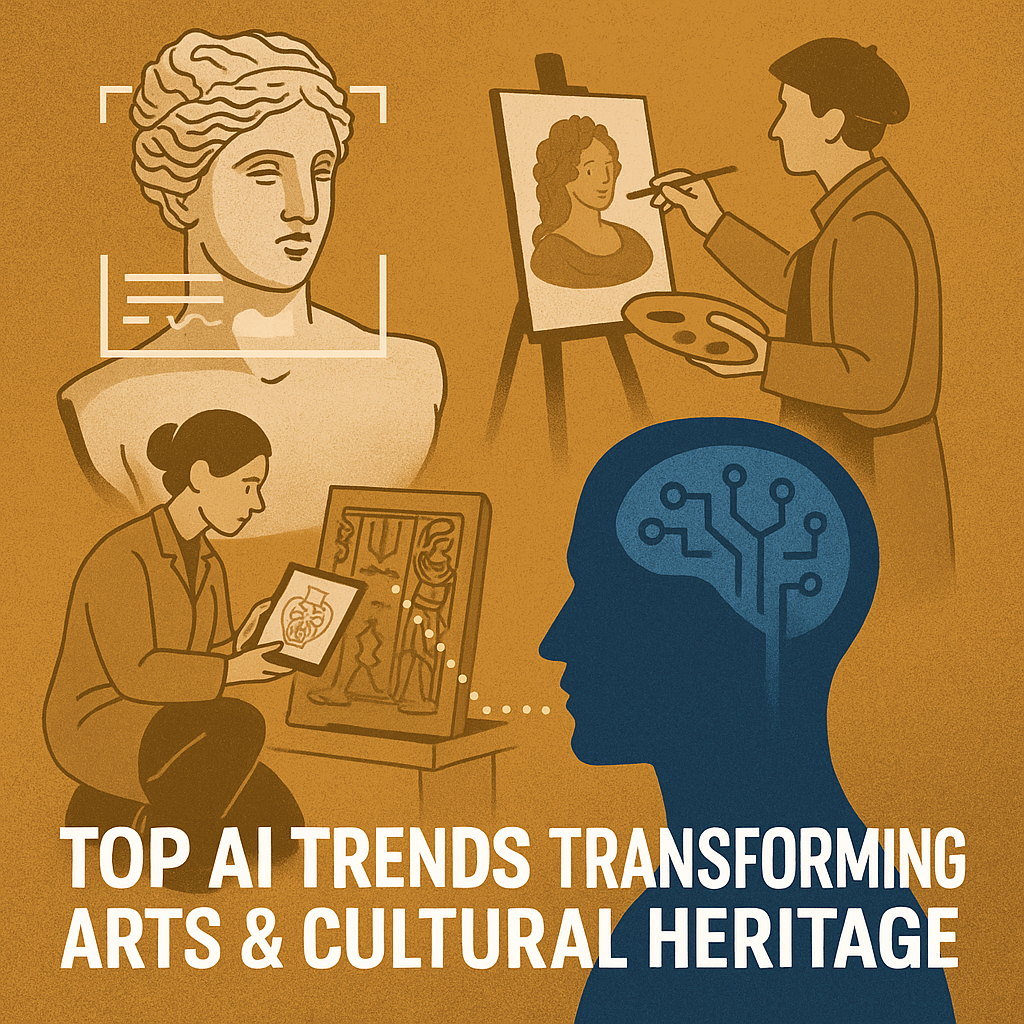
Top AI Trends Transforming Arts & Cultural Heritage
Artificial intelligence is rapidly becoming a game-changer in the world of arts and cultural heritage. No longer limited to experimental projects, AI technologies — particularly in the field of computer vision — are now being used to detect forged artworks, analyze historical damage, guide restoration efforts and automate the digitization of vast collections. But the impact doesn’t stop there. AI is also powering personalized museum experiences, creating immersive storytelling environments and enabling data-driven decision-making for curators and cultural institutions.
In this blog post, we explore six major AI trends that are reshaping the way cultural assets are authenticated, preserved, organized and shared with the world. From off-the-shelf APIs for quick integration to long-term custom solutions, AI offers scalable pathways for institutions seeking to modernize without losing their historical essence. Whether you're a museum director, digital archivist or cultural technologist, these trends provide a roadmap to making your collections smarter, more accessible and future-proof.
